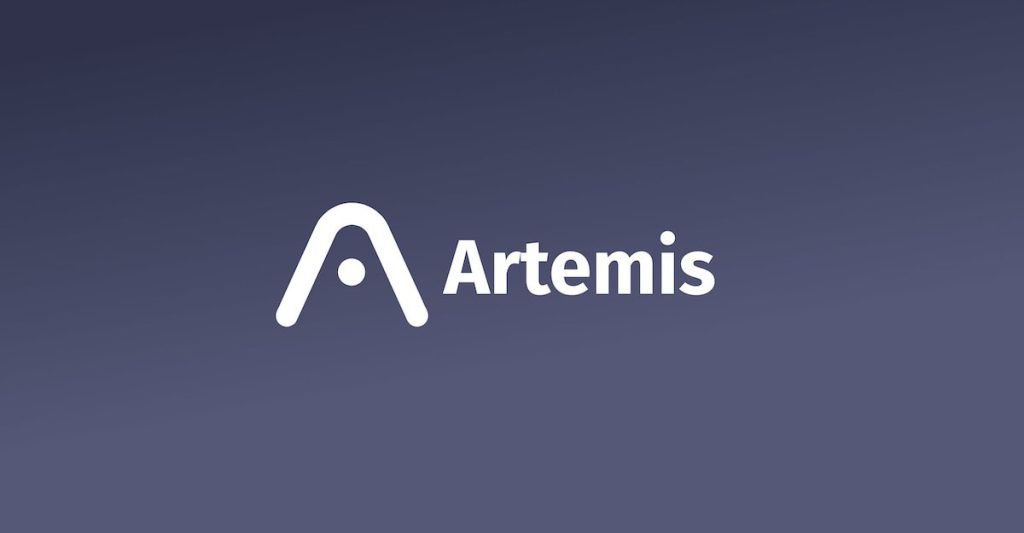In this crypto bull market, we see new DeFi projects seemingly every other day. But with only a limited amount of capital and attention, how do new projects launch, stand out and bootstrap liquidity?
Enter Artemis Protocol: a multi-product DeFi protocol that aims to help incubate and bootstrap new projects on the Harmony blockchain. To put it simply, Artemis serves as a launchpad, by providing liquidity for these new projects in a decentralised manner.
How does it do so? How is Artemis unique? Let’s find out.
Farming with Artemis Earn
The product that users will find the most familiar is probably Artemis Earn. It offers users attractive returns by providing liquidity across its different farms.
There are many different farms available, including farms with token pairs both native to Harmony (e.g. Jewel, Fox) and foreign to Harmony (e.g. Luna, Fantom).
With the Binance Smart Chain, Ethereum and Terra bridges already live, users from other blockchains can easily bridge their assets over to Harmony and engage with the Artemis protocol.
For yield farmers who prefer a more hands-off approach, Artemis also has partnerships with Farmers Only, an autocompounder decentralised application that allows users to automatically compound their yields from these Artemis farms.
Rewards from these farms are all distributed in Artemis’ native token, MIS. This allows for farmers to better participate in other Artemis products.
To counteract these reward emissions, Artemis also has a Hades pool, which serves as a deflationary feature. The Hades pool allows users to burn their MIS tokens, in return for more rewards in tokens distributed over a set period of time. The difference here is that the rewarded MIS tokens are not minted, but allocated from a separate multisig vault.
Launching with ArtemisPad
For brand new projects looking to launch their new tokens, they will also need to raise a round of initial capital. ArtemisPad allows them a unique, decentralised way to do so.
With ArtemisPad, these new projects can raise funds through initial farm offerings. This is a pre-sale style method where users can deposit MIS and/or ONE tokens and commit them to buy the tokens being sold.
This follows an overflow sales method, where users can subscribe as much or as little as they want to the token sale. Their final token allocation will be based on the amount of funds they contributed, as a percentage of all funds put in by other users at the time the sale ends.
This way of token distribution helps to prevent token dumps by private and seed investors, and offers a fairer token distribution in general.
So far, ArtemisPad has been used to launch the Artemis protocol itself, as well as the Reverse protocol.
Liquidity-as-a-Service with Artemis Incubator
Artemis Incubator is the core product that positions Artemis as the go-to liquidity as a service solution for new projects. Here, project owners can set up farms in a permissionless manner to distribute their tokens.
When new projects launch and want to fairly distribute their native token, while building liquidity, they can easily apply to the Incubator and set up a farm in Artemis.
This helps projects in the Harmony Ecosystem to gain exposure and build liquidity from Artemis protocol, creating a virtuous cycle for the Harmony ecosystem.
Feeling Lucky with GameFi
Artemis also offers unique games on the protocol, such as the Lottery. These games provide users with an opportunity to earn MIS rewards if they win. This also helps offset emissions by burning MIS.
The main Lottery game acts like your typical lottery – you need to buy a ticket, and match numbers on your ticket with the winning numbers. The more you match, the more of the pot you win. Remaining of the pot unclaimed will be burned.
Artemis tokenomics and use cases
After going through their key products above, we can observe that the MIS tokens serve a wide range of use cases.
It allows users to participate in pre-sale projects, incubators, and earn farming rewards on liquidity farms. This serves as a strong buying and holding pressure for the MIS tokens.
On the other hand, the Hades pools and GameFi serve as deflationary mechanisms, burning MIS tokens and reducing overall token supply.
This balance of supply burning and stable demand is also a positive sign for the sustainability of the protocol in the long run.
Future prospects
While Artemis has only launched in October, it has already been able to meet many of its goals in its Roadmap.
They also have more ambitious goals in store for the future. Some of their future goals include building in-house decentralised exchanges, in-house bridging features and multi-chain expansion.
With the Harmony ecosystem still in its early stages, there will be many new projects launching. They will likely find Artemis’ launchpad and incubator services useful.
As Harmony grows, so should Artemis and its suite of products and Total Value Locked (TVL). At a market cap of only $8 million, there is still a long runway ahead for Artemis protocol to grow.
Featured Image Credit:
Also Read: What Is Astroport? Introducing The Next-Generation AMM On Terra



































